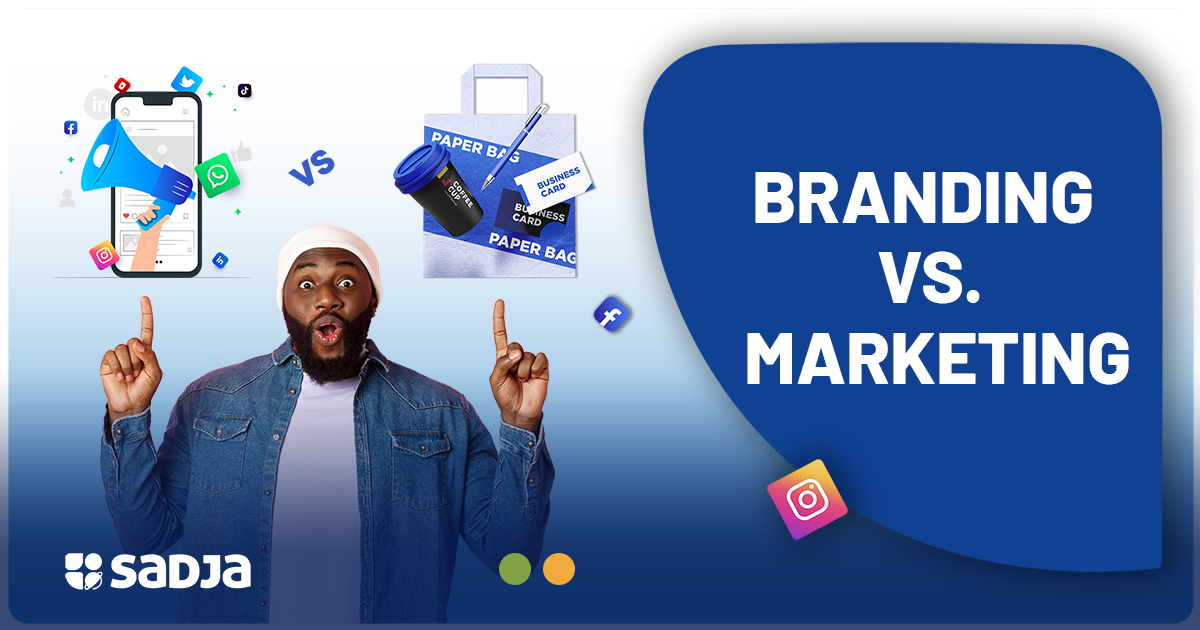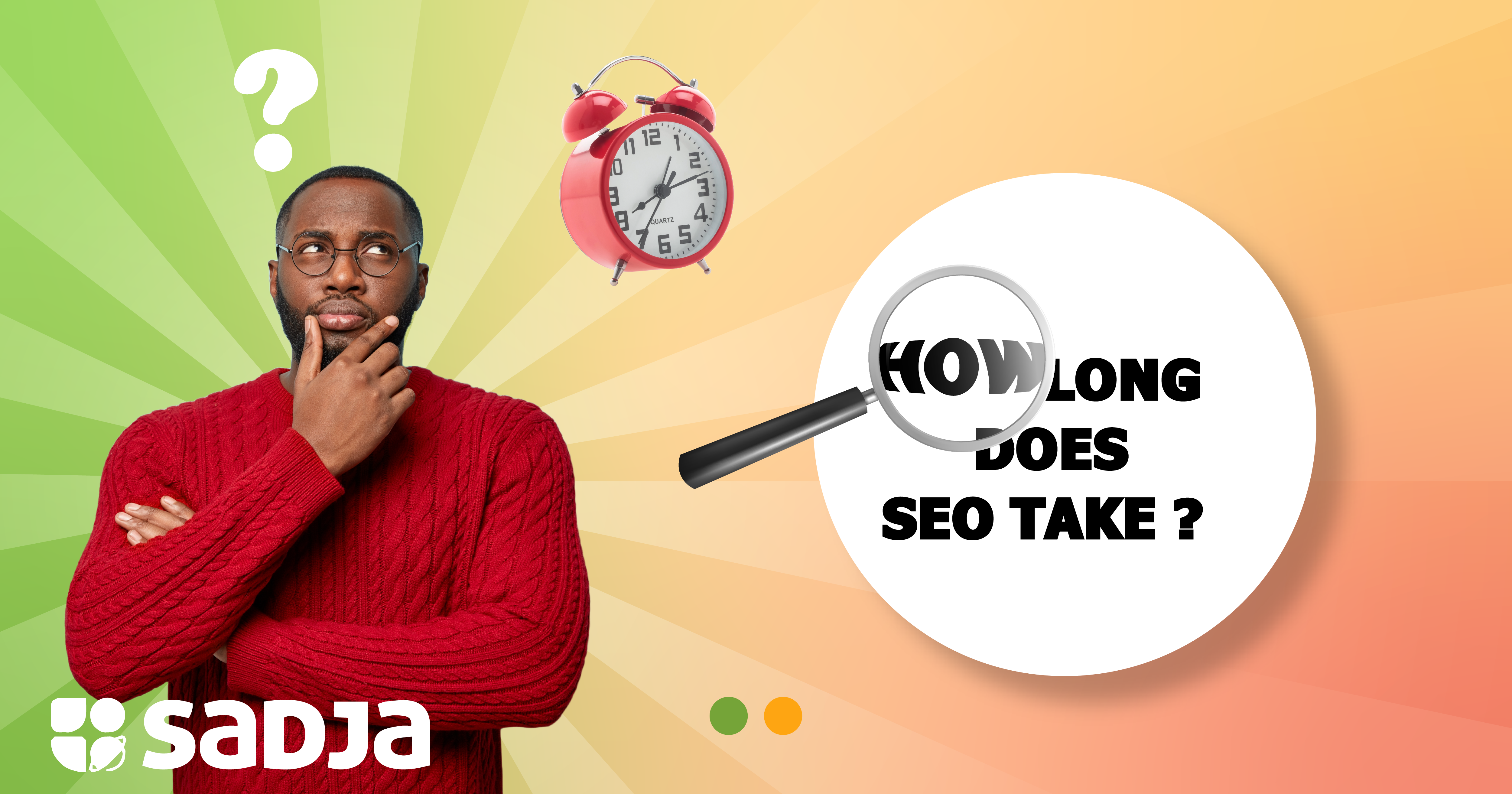How Can Branding and Marketing Be Used to Create a Successful Marketing Strategy?
There’s no doubt that branding and marketing go hand-in-hand. After all, branding is all about creating and maintaining a robust and recognizable image for your business, while marketing is all about promoting that image and getting it in front of as many people as possible.
So, how can you use branding and marketing together to create a successful marketing strategy? Here are a few tips:
1. Define Your Brand
Before promoting your brand, you need to know what it is. What are your core values? What makes you unique? What do you want people to think of when they think of your brand? Answering these questions will help create a strong foundation for your branding and marketing efforts.
2. Use Marketing to Build Awareness
Once you clearly understand your brand, you can start marketing to create awareness and interest. Use different marketing channels like social media, content marketing, and paid advertising to get your brand in front of as many people as possible.
3. Keep Your Branding Consistent
As you’re promoting your brand and getting it out there, it’s essential to keep your branding consistent. That means using the same colors, fonts, logo, and overall aesthetic across your marketing materials. This will help people recognize your brand and start to associate it with certain qualities.
4. Use Marketing to Drive Sales
Ultimately, your goal is to use marketing to drive sales and grow your business. Use coupons, discounts, and special offers to convert leads into customers.
With these tips, you can use branding and marketing together to create a successful marketing strategy.
 +256 206 300885
+256 206 300885


